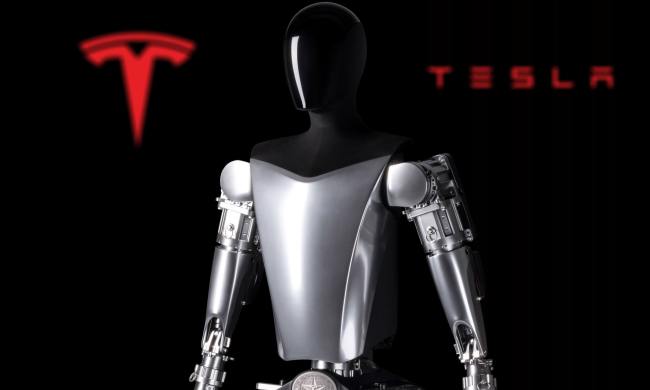
Plug-in hybrid technology has reached the automotive industry’s upper echelon. Bugatti has unveiled the Tourbillon, the long-awaited successor to the Chiron, with a gasoline-electric drivetrain rated at 1,800 horsepower, 3D-printed parts in the suspension, and an unusual sound system that has no speakers.
Bugatti developed the Tourbillon on a blank slate. The big coupe’s proportions are relatively close to the Chiron’s because the two cars need to fulfill a similar mission: cruise safely and comfortably at jaw-dropping speeds. Bugatti hints that hitting 250-plus-mph is well within the Tourbillon’s scope of capabilities. For context, the Chiron set a speed record and became the first car to break the 300-mph barrier when it reached 304 mph in 2019, so the brand knows a thing or two about speed.
Push a button on the key fob and the Tourbillon opens its dihedral doors like a bird of prey preparing to fly away. Inside, Bugatti focused on craftsmanship instead of festooning the interior with wall-to-wall screens. “Since car manufacturers began to embrace digital screens and touchscreens, the rate of progress has been so rapid that within less than a decade, the technology appears outdated,” the company said. In contrast, it wants to make timeless cars that will look good for decades to come. The difference between a new Apple Watch and a vintage high-end Swiss watch comes to mind here.

Our watchmaking analogy isn’t as random as it seems. Bugatti consulted Swiss watchmakers to create an instrument cluster built with over 600 parts. It’s made with titanium, as well as gemstones like sapphire and ruby, and it’s positioned in front of the steering wheel spokes for better visibility.
The brand couldn’t fully avoid screens, however. There’s one Apple CarPlay-compatible screen in the entire cabin, and it’s hidden in the top part of the center stack unless the driver summons it. As for the sound system, it’s there, but it’s likely not what you have in mind. Instead of speakers, Bugatti integrated exciters throughout the car in order to use the interior panels as speakers. This solution saves weight — and it’s a really cool piece of technology. Bugatti wisely decided not to reinvent the volume knob: it’s at the top of the aluminum center stack and it works just like you’d expect it to.

“Hybrid” wasn’t a very sexy word 20 years ago, when Toyota was selling the original Prius, but the technology has gone through significant evolutions since. Power for the Tourbillon comes from a plug-in hybrid drivetrain that bundles a new 8.3-liter V16 engine, a pair of front-mounted electric motors (one per wheel), a third electric motor assigned to the rear axle, and a 25-kilowatt-hour oil-cooled battery pack. The 16-cylinder engine makes 1,000 horsepower, while the motors are rated at a combined 800 horsepower, which brings the Tourbillon’s total output to 1,800 horsepower. The engine is linked to an eight-speed dual-clutch automatic transmission, while the T-shaped battery pack is split between the tunnel that runs through the cabin and the space behind the seats.
This system delivers through-the-road all-wheel-drive, full torque vectoring, and the ability to drive on electricity alone for nearly 40 miles. And, while hybrid technology normally adds weight, Bugatti pulled off the seemingly impossible task of making the Tourbillon lighter than the Chiron, its non-electrified predecessor. Weight-saving innovations, such as a structure made with carbon composite and suspension parts made using 3D-printed aluminum, helped offset the hybrid system’s mass.
Hand-built in Molsheim, France, the Bugatti Tourbillon is limited to 250 units. Pricing starts at 3.8 million euros (which represents about $4 million at the current conversion rate) before buyers begin piling on options. The brand’s Sur Mesure department notably lets buyers work directly with in-house designers to create a one-of-a-kind car by choosing from a range of color and material combinations.



